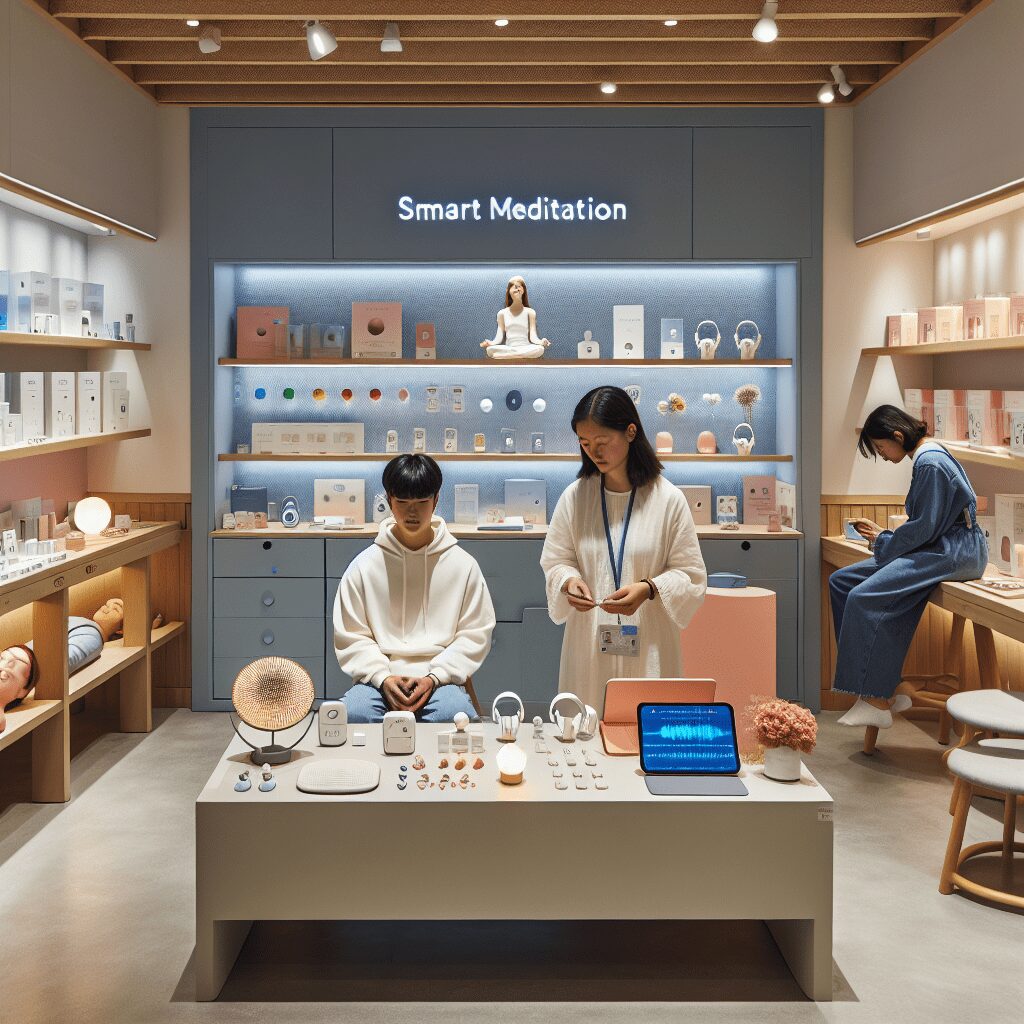
Prioritize your mental well-being daily. Enhance your life by nurturing your mental health with the Smart Meditation app. Break free from stress, alleviate anxiety, and enhance your sleep quality starting today.
Performance Watching Mindfulness
Unleashing the Power of Performance Watching Mindfulness
In today’s high-speed world where the digital age has us constantly on our toes, it’s no surprise that folks are seeking out ways to hit the pause button on the humdrum of daily life. Enter Performance Watching Mindfulness (PWM) – a concept that’s not just a buzzword but a transformative practice, combining the art of mindfulness with the dynamism of performance watching. So, what’s it all about?
A Deep Dive into PWM
At its core, PWM is the practice of being fully present and engaged while watching a performance, whether that’s a dramatic play, a dance recital, or even your child’s school concert. It’s about moving beyond just being a passive spectator to becoming an active participant in the experience, soaking in every note, move, or expression.
But it’s not just about the what; it’s equally about the how. How do you attune your senses to truly absorb what you’re witnessing? How do you ensure that your mind doesn’t wander off to your never-ending to-do list? Well, that’s where mindfulness comes into play.
The Mindfulness Connection
Mindfulness, in essence, is the practice of keeping one’s consciousness alive to the present moment. It’s about noticing your thoughts, feelings, bodily sensations, and the world around you, without judgement. When you apply this to watching a performance, something magical happens. You become more than just an observer; you become a part of the experience itself.
Imagine you’re watching a ballet. Instead of merely appreciating the gracefulness of the dancers or the beauty of the set design superficially, you dive deeper. You notice the exertion and precision of each movement, the subtle interplay of the music with the steps, and the emotion conveyed through each gesture. This active engagement elevates the experience, creating a profound connection between you and the performance.
Making It Work for You
Eager to give PWM a try? Here are some tips to get you started:
-
Choose Wisely: Not every performance will speak to you, and that’s okay. Pick something that genuinely interests or moves you. The more connected you feel to the material, the easier it will be to engage.
-
Ditch the Distractions: In the age of smartphones, it’s easy to get distracted. Make a conscious decision to turn off your devices or at least put them away. Remember, this is your time to disconnect from the digital world and reconnect with the real one.
-
Breathe and Observe: Before the performance begins, take a few deep breaths to center yourself. As the show progresses, actively observe not just the performances but your reactions to them. How does the music make you feel? What thoughts are running through your mind as you watch?
-
Embrace the Now: Resist the urge to critique or analyze the performance while it’s happening. Instead, let yourself be swept away by the experience. There will be plenty of time to reflect afterward.
-
Reflect and Relate: After the performance, take a moment to reflect on the experience. What did you discover about the art form? About yourself? Discussing your thoughts and feelings with others can also enrich the experience.
Wrapping It Up
Performance Watching Mindfulness isn’t just about getting more out of the performances you watch; it’s about enhancing your overall ability to experience and appreciate the present moment. By mindfully engaging with art, you not only enrich your cultural life but also sharpen your mindfulness skills in everyday situations.
As we continue to navigate through the digital clutter of modern life, practices like PWM serve as a gentle reminder of the power of presence. So, the next time you find yourself at a performance, remember: it’s not just what you watch, but how you watch it that counts. Who knows? This might just be the mindfulness hack you’ve been searching for.





